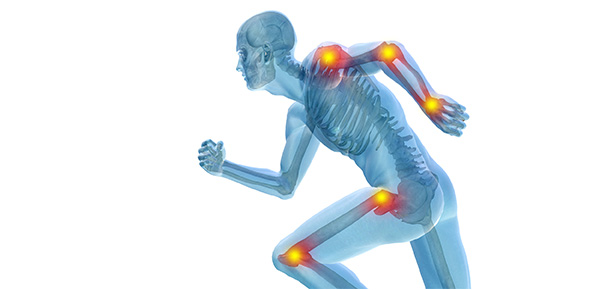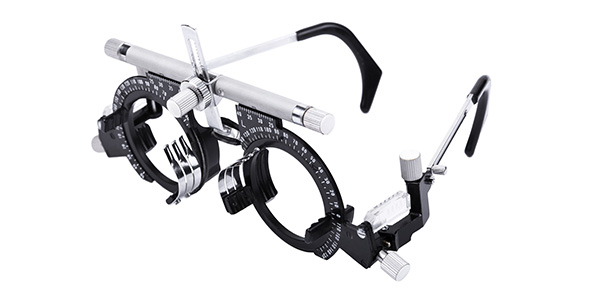Related Flashcards
Related Topics
Cards In This Set
| Front | Back |
|
Name the five special senses
|
Olfaction
gustation vision equilibrium hearing |
|
Explain why olfaction (smell) and gustation (taste) are described as chemical senses. Explain why these senses are more likely to stimulate memories and emotions. |
ordorants-dissolved chemicals that stimulate olfactory receptors-interact with receptors called odorant-building protiens on the membranse surface.
The mechanism involved in gustatory reception resembles that of olfaction.Dissolved chemicals contacting that taste hairs bind to receptor proteins of gustatory cells. the parallel distrubiton of olfactory information to the limbic system and hypothalmus explains the profound emotional and behavioral responses, as well as memories, that can be triggered by certain smells. |
|
Describe where the olfactory epithelium is located and explain its function
|
•Olfactory epithelium in roof of nasal cavity
–Covers superior nasal conchae
–Contains olfactory sensory neurons
•Bipolar neurons with radiating olfactory cilia
•Supporting cells surround and cushion olfactory receptor cells
–Olfactory stem cells lie at base of epithelium
|
|
Describe the functions of each cell type in the olfactory epithelium as well as the associated glands.
|
Olfactory receptor- supporting cells
basal cells-regenerative, stem cells olfactory glands-secreations absorb water, to form a thick, pigmented mucus |
|
Describe the physiology of olfaction
|
•Gaseous odorant must dissolve in fluid of olfactory epithelium
•Activation of olfactory sensory neurons
–Dissolved odorants bind to receptor proteins in olfactory cilium membranes
|
|
. Describe the pathway through which olfactory sensations travel to the brain.
|
Slide 13 and 14
|
|
Describe the structure and location of taste buds. |
•50–100 flask-shaped epithelial cells of 2 types
–Gustatory epithelial cells—taste cells
•Microvilli (gustatory hairs) are receptors
•Three types of gustatory cells
–One releases serotonin; others lack synaptic vesicles but one releases ATP as neurotransmitter
–Basal epithelial cells—dynamic stem cells that divide every 7-10 days
Location:on the tongue |
|
Name the three different types of papillae found on the tongue and describe their locations. Describe how they differ in structure and function.
|
Filiform papillae provide friction that helps the tongue move around in the mouth, but do not contain taste buds. Each small fungiform papillae contains about five taste buds; each large circumvallate papilla contains as many as 100 taste buds. the circumvallate papillae form a V near the posterior margin of the tongue.
|
|
Name the five taste sensations detected by taste buds.
|
1.Sweet—sugars, saccharin, alcohol, some amino acids, some lead salts
2.Sour—hydrogen ions in solution
3.Salty—metal ions (inorganic salts)
4.Bitter—alkaloids such as quinine and nicotine; aspirin
5.Umami—amino acids glutamate and aspartate
|
|
Name the five taste sensations detected by taste buds.
|
1.Sweet—sugars, saccharin, alcohol, some amino acids, some lead salts
2.Sour—hydrogen ions in solution
3.Salty—metal ions (inorganic salts)
4.Bitter—alkaloids such as quinine and nicotine; aspirin
5.Umami—amino acids glutamate and aspartate
|
|
Explain why gustation is dependent on olfaction.
|
You are several thousand times more sensitive to taste when your olfactory organs are fully functional. by contrast, when you have a cold and your nose is stuffed up, airborne molecules cannot reach your olfactory receptors, so meals taste dull and unappealing.
|
|
. Explain the location and function of water receptors.
|
In the pharynx
the sensory output of these receptors is processed in the hypothalmus and affects several systems that affect water balance and the regulation of blood volume. |
|
Describe the physiology of gustation. |
•To taste, chemicals must
–Be dissolved in saliva
–Diffuse into taste pore
–Contact gustatory hairs
|
|
Describe the pathway through which these sensations travel to the brain. Which two cranial nerves carry sensory information from taste buds?
|
•Cranial nerves VII (facial) and IX (glossopharyngeal) carry impulses from taste buds to solitary nucleus of medulla
•Impulses then travel to thalamus and from there fibers branch to
–Gustatory cortex in the insula
–Hypothalamus and limbic system (appreciation of taste)
•Vagus nerve transmits from epiglottis and lower pharynx
|
|
Describe the structure and function of the lacrimal apparatus
|
•Lacrimal gland and ducts that drain into nasal cavity
•Lacrimal gland in orbit above lateral end of eye
•Lacrimal secretion (tears)
–Dilute saline solution containing mucus, antibodies, and lysozyme
–Blinking spreads tears toward medial commissure
–Tears enter paired lacrimal canaliculi via lacrimal puncta
–Then drain into lacrimal sac and nasolacrimal duct
|






